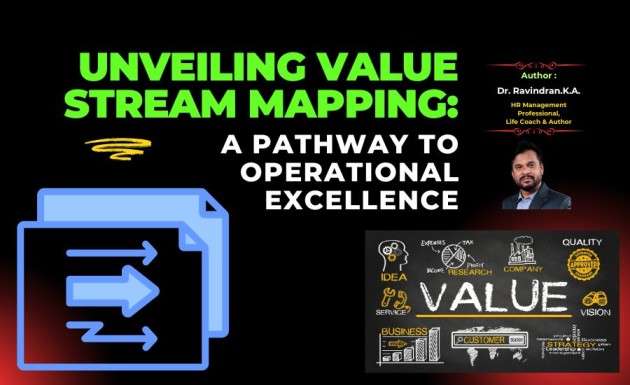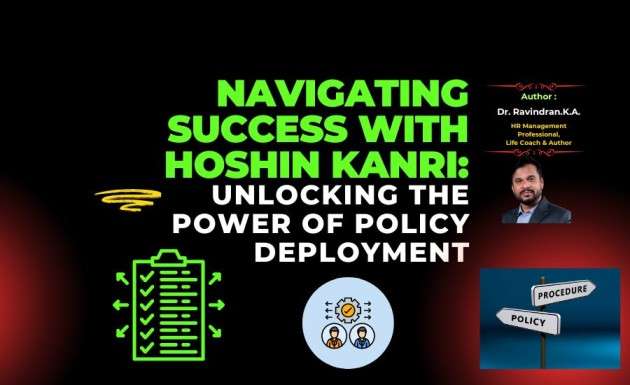Explore the transformative practice of Hansei Kai—reflection meetings that foster continuous improvement and personal growth. Learn how to implement Hansei Kai effectively, drive innovation, and achieve success in your organisation.
Thank you for reading this post, don't forget to subscribe!Introduction | Hansei Kai
Embark on a journey of self-discovery and improvement with Hansei Kai—reflection meetings that empower individuals and organizations to learn from past experiences, identify growth opportunities, and drive continuous improvement. Discover the secrets of Hansei Kai, explore industry best practices, and unlock the potential for personal and professional development.
Unveiling Hansei Kai: Embracing Reflection for Growth
Hansei Kai, derived from Japanese culture, translates to “reflection meetings” or “self-reflection sessions.” These meetings provide a structured framework for individuals and teams to reflect on their actions, decisions, and outcomes, to learn from past experiences and improve future performance.

Key Principles of Hansei Kai
-
Self-Reflection
Hansei Kai encourages individuals to engage in introspection and self-assessment, examining their own actions, behaviours, and decisions with honesty and humility. By acknowledging both successes and failures, individuals can identify areas for improvement and personal growth.
-
Continuous Improvement
At the core of Hansei Kai is a commitment to continuous improvement. By reflecting on past experiences and learning from mistakes, individuals and teams can develop new insights, refine their approaches, and drive incremental progress over time.
-
Collaborative Learning
Hansei Kai fosters a culture of collaborative learning and knowledge sharing. By engaging in open and honest discussions with colleagues, individuals can gain different perspectives, challenge assumptions, and generate new ideas for improvement.
Implementing Hansei Kai: Practical Strategies for Success
-
Establish a Safe Environment
Create a safe and supportive environment where individuals feel comfortable sharing their thoughts, experiences, and challenges without fear of judgment or reprisal. Encourage open communication, active listening, and mutual respect among participants.
-
Set Clear Objectives
Define clear objectives and expectations for Hansei Kai meetings, ensuring alignment with organizational goals and priorities. Focus on specific topics or projects that present opportunities for reflection and improvement, such as recent successes, failures, or challenges.
-
Facilitate Structured Discussions
Facilitate structured discussions during Hansei Kai meetings, guiding participants through a series of questions or prompts designed to stimulate reflection and learning. Encourage participants to explore root causes, identify lessons learned, and brainstorm ideas for improvement.
Real-World Impact of Hansei Kai: A Case Study
Let’s examine the success story of XYZ Corporation, a company that embraced Hansei Kai as part of its continuous improvement initiatives. By implementing regular reflection meetings at all levels of the organization, XYZ Corporation achieved a 20% increase in productivity, a 15% reduction in errors, and a significant improvement in employee morale and engagement.
Conclusion: Unlocking Growth Through Reflection
In conclusion, Hansei Kai offers individuals and organizations a powerful tool for personal and professional development. By embracing reflection as a catalyst for learning and improvement, organizations can drive innovation, enhance performance, and achieve greater success in today’s dynamic business environment.
Thank You for Reading!
Thank you for taking the time to read our blog on Japanese Management Practices. We hope you found the information valuable and insightful. Your commitment to improving your operations and creating a better workplace is commendable, and every step you take towards enhancing operational excellence makes a significant difference.
If you enjoyed this post and found it helpful, please share it with your colleagues and network to spread awareness about the importance of Japanese Management practices. Don’t forget to subscribe to our newsletter for more tips, insights, and updates on the latest trends in HR. Let’s work together to create a more efficient, productive, and positive workplace for everyone!
If you have any questions, need further information, or would like to discuss how to improve in your organization, please feel free to contact us. We’re here to help and support you in any way we can.
Stay efficient, stay productive!
 hroptimum
hroptimum



